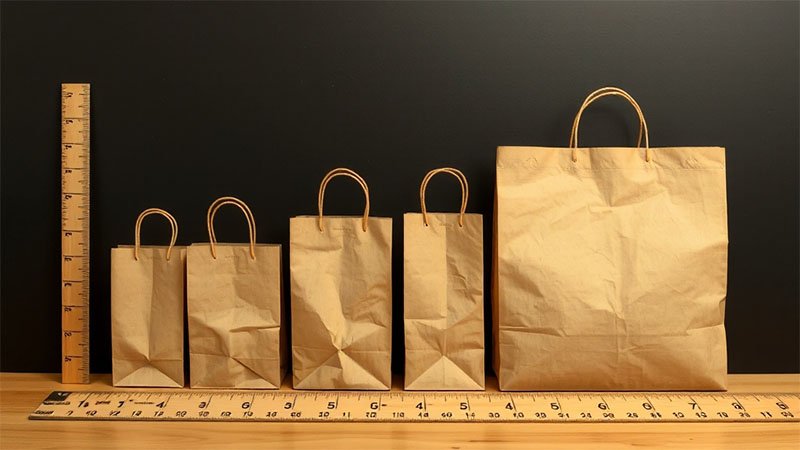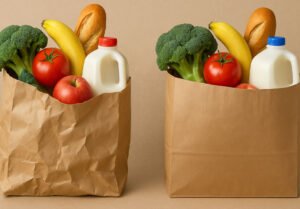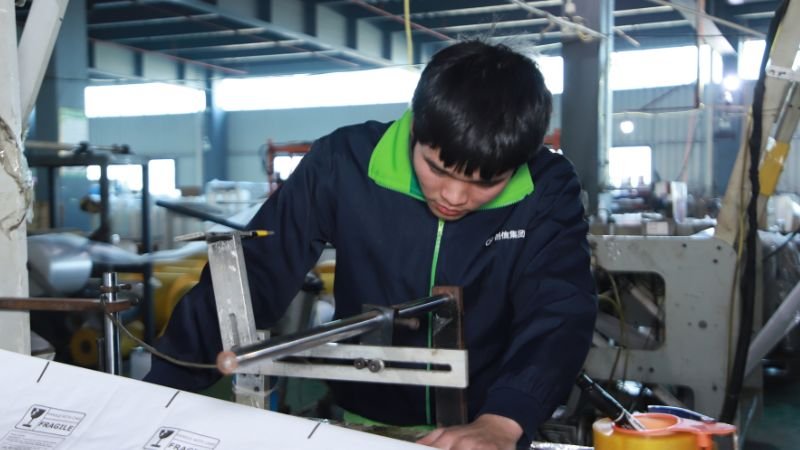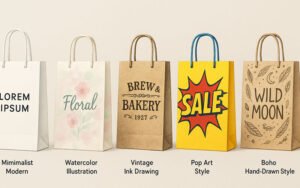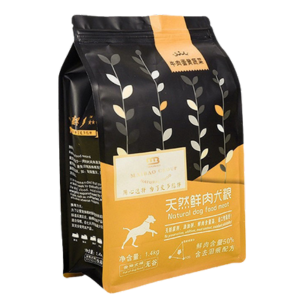Paper bags might look simple. But when you’re ordering half a million units, one size mistake can wreck your margins. And trust me—I’ve seen it happen. Poor size compatibility. Wasted shipping space. Angry clients. All because people assume paper bag sizing is universal.
Actually, paper bag sizes vary drastically across regions, industries, and applications. While some countries follow standardized dimensions, many brands create their own formats for marketing, functionality, or logistics reasons.
Let’s dive into the real deal behind global paper bag sizing—because in the B2B world, precision equals profit.
What Are Standard Paper Bag Sizes?
Different countries define “standard” sizes differently. In the U.S., you’ll hear about bag sizes like #4, #6, or #16 SOS (Self Opening Square). These numbers relate to volume and width. In Europe, the talk is often in centimeters or litres.
In Asia, including China (where we manufacture), standards are usually set by GB/T national standards or customized according to international buyer specs.
Common paper bag size chart (U.S.):
- #4: 5 x 3.13 x 10 inches
- #6: 6 x 3.63 x 11 inches
- #16: 6 x 6 x 12 inches
For food, takeaway, and luxury bags, the measurements shift again. Brands like Starbucks or McDonald’s often dictate their own sizes for consistency across regions.
Why Aren’t Sizes Universal?
Here’s where things get spicy. The lack of global standardization is driven by industry type, machine compatibility, shipping needs, and user habits.
For instance:
- In retail, width and gusset control how much product fits
- In food service, height impacts presentation
- For courier bags, outer dimensions must match logistics platform limits
Add to that regional preferences: Americans like roomier bags. Europeans prioritize sleek shapes. Asians go for foldability and storage.
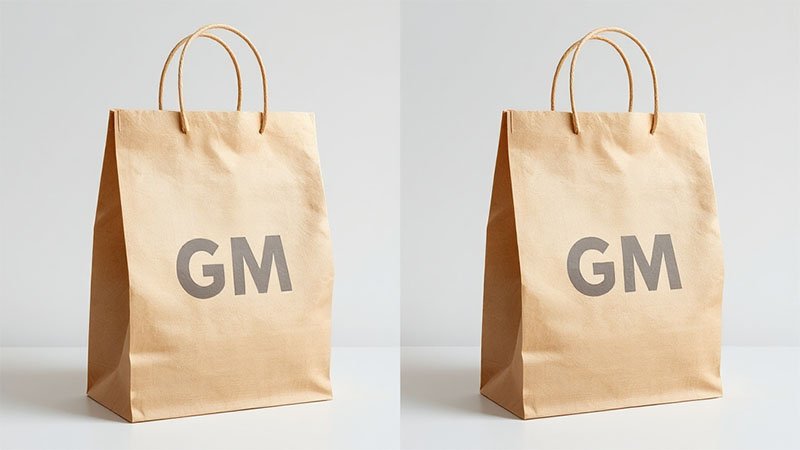
ISO, ASTM, and GB/T Standards: Do They Help?
Yes and no. There are global bodies that try to rein in the chaos:
- ISO 6590-1: For paper sacks
- ASTM D645: For standard dimensions in the U.S.
- GB/T 10004-2008: Our Chinese spec for packaging bags
But these usually set minimums and tolerances, not exact working sizes. Most importers (like our man Mike from the U.S.) still request custom dimensions based on their own machinery or customer needs.
How to Choose the Right Size for Your Brand?
It’s simple—start with the product, not the bag. Think:
- How many items go in the bag?
- What’s the weight?
- Does it need to stand upright?
- Will it be reused?
Then work with your manufacturer (hi, that’s us!) to match the right specs:
- Width (W): left to right
- Gusset (G): side depth
- Height (H): bottom to top
A common format is W+Gx2 x H. Example: 8+4×2 x 10 inches.
We also provide die-line templates and 3D mockups to help visualize before committing.
Popular Bag Sizes by Industry
Here’s a quick look at what sizes dominate in different sectors:
Retail (clothing & electronics):
- Medium: 10 x 5 x 13 in
- Large: 13 x 7 x 17 in
Food & Beverage:
- Small takeaway: 6 x 3.5 x 8.5 in
- Lunch size: 8 x 5 x 10 in
E-commerce/Courier:
- Flat bottom: 10 x 7 x 13 in
- Document size: 12 x 3 x 15 in
Luxury branding:
- Narrow tall: 5 x 3 x 13 in (perfume, wine)
- Square wide: 10 x 10 x 5 in (jewelry, gadgets)
Custom Sizes: The Secret Weapon
Let me tell you—our best clients don’t just pick a size. They engineer one. Why? Because:
- Better fit = less movement = fewer damaged goods
- Custom ratios boost brand image
- Optimized sizes reduce shipping costs
We help clients create exclusive sizes that work with our automatic bag-making machines, and we do test runs to confirm folding, gluing, and filling speed.
A bag is only “standard” when it works for your unique supply chain.
Gotchas to Watch Out For
Here are common pitfalls I’ve seen when customers DIY their bag sizes:
- Ignoring gusset size (your bag may not stand up)
- Overloading height (makes handles break)
- Poor stacking (hurts warehousing efficiency)
Also, remember that paper thickness (GSM) affects internal volume. A 100gsm bag and a 150gsm bag may fit differently.
GreenWing’s Way: We Don’t Just Follow Standards. We Set Them.
At GreenWing, we produce over 5 million bags per day. With more than 40 national patents, we understand the balance of standardization and creativity.
Our clients trust us because we:
- Consult based on target product specs
- Offer flexible custom sizes
- Guarantee consistent quality and delivery
Your size, your rules. We’re just here to make it better.
[Placeholder for GreenWing sizing consultation landing page link]
Conclusion
Bag size isn’t just a number. It’s a strategy. If you’re still guessing sizes from catalogues or copy-pasting competitor specs, it’s time to rethink. Partner with pros who see beyond the bag.

